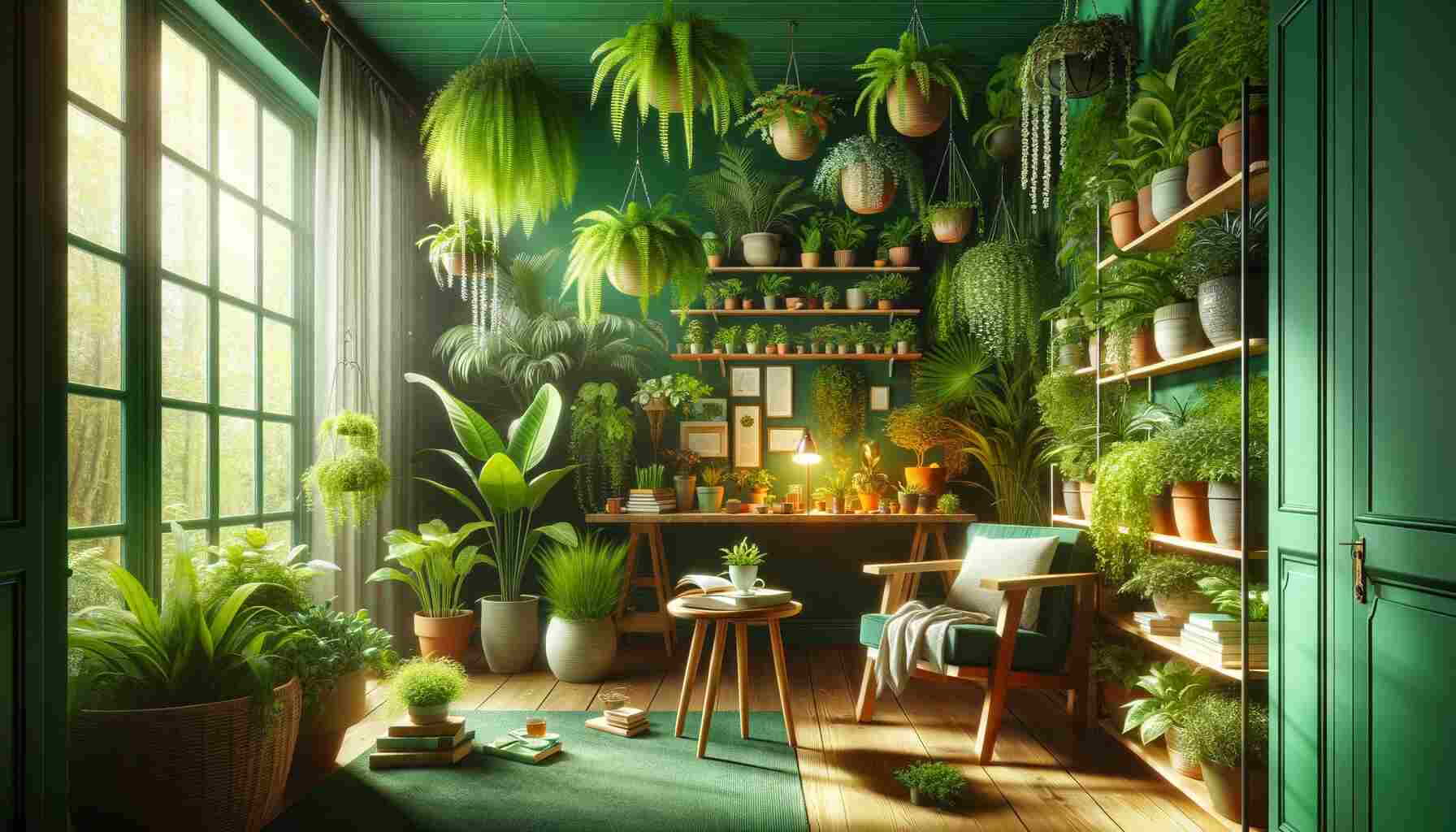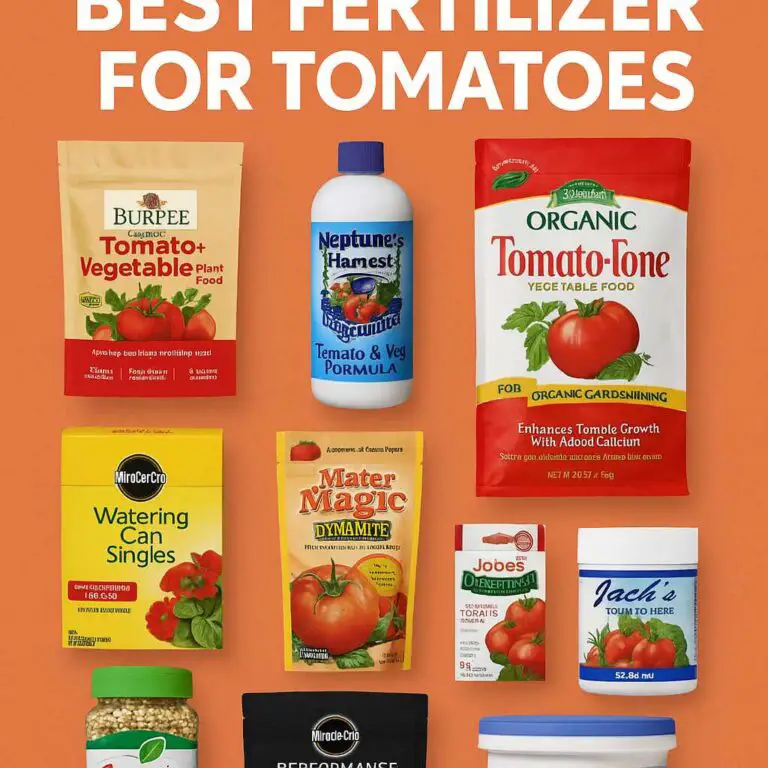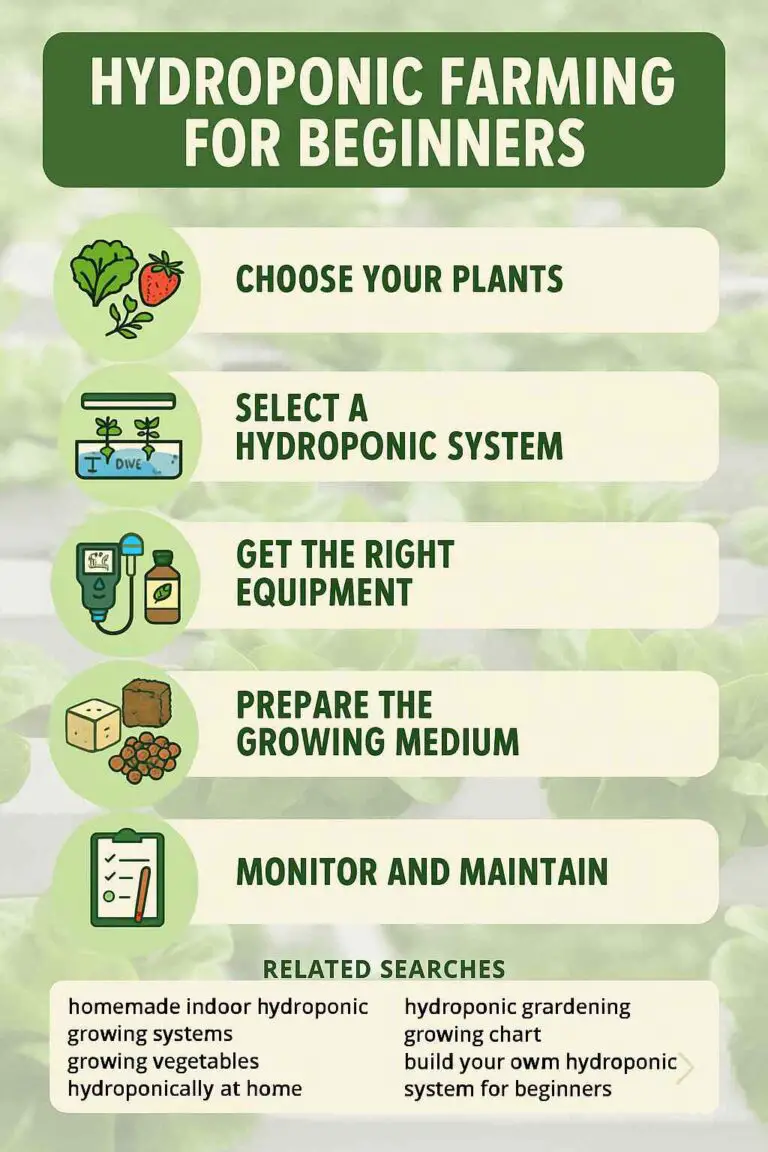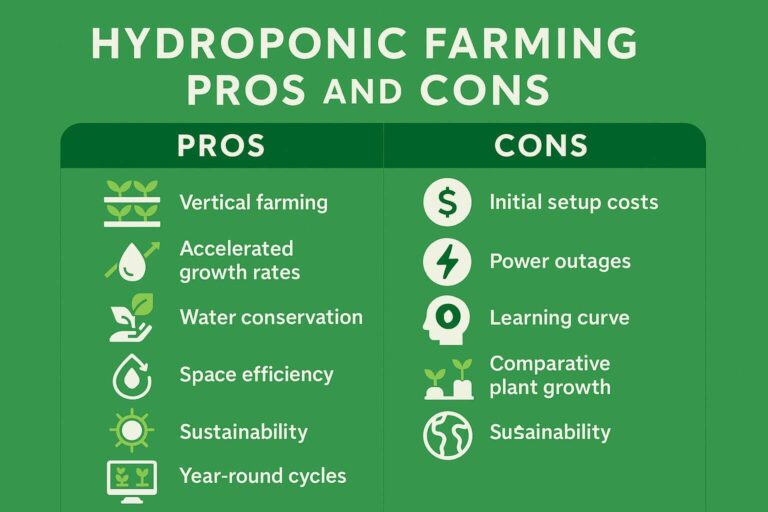In recent years, indoor gardening has gained tremendous popularity among plant enthusiasts and urban dwellers alike. Whether you have a green thumb or are just starting your plant journey, indoor gardening offers a unique and rewarding way to bring nature into your home. With a wide range of indoor plants, gardening systems, and accessories available, you can create your own lush indoor oasis.
In this comprehensive guide, we’ll explore everything you need to know about indoor gardening, from selecting the best indoor plants and plant stands to optimizing your indoor garden with grow lights and hydroponic systems. Whether you have a spacious home or a small apartment, there’s an indoor gardening solution that’s perfect for you.
The Benefits of Indoor Gardening
Before we dive into the specifics of indoor gardening, let’s take a moment to appreciate the many benefits it offers:
1. Improved Air Quality
One of the most notable benefits of indoor gardening is the ability of plants to purify the air. Many indoor plants are excellent air purifiers, removing pollutants and toxins from your home environment. Some popular air-purifying plants include the snake plant, spider plant, and peace lily.
2. Stress Reduction
Indoor gardens have a calming effect on your mind and can help reduce stress and anxiety. Caring for plants and surrounding yourself with greenery can create a soothing and therapeutic atmosphere.
3. Aesthetic Enhancement
Indoor plants add beauty and aesthetic appeal to your living spaces. They come in various shapes, sizes, and colors, allowing you to personalize your indoor garden to match your decor style.
4. Fresher Indoor Air
Indoor plants release oxygen during photosynthesis, which can improve the quality of the air you breathe indoors. This is especially beneficial in rooms with limited ventilation.
5. Connection to Nature
Even if you live in a bustling city, indoor gardening allows you to connect with nature on a daily basis. It’s a way to bring the outdoors in, creating a more harmonious living environment.
Now that you understand the advantages of indoor gardening, let’s explore the key components and considerations for setting up your own indoor garden.
Essential Components of Indoor Gardening
1. Indoor Plants
The foundation of any indoor garden is, of course, the plants themselves. When selecting indoor plants, consider factors like lighting conditions, space availability, and your level of gardening experience. Here are some popular indoor plant choices:
a. Low-Light Indoor Plants
If your indoor space has limited natural light, opt for low-light indoor plants like snake plants, ZZ plants, and pothos. These plants thrive in low-light conditions and are relatively low maintenance.
b. Large House Plants
For spacious areas and rooms with high ceilings, consider large house plants such as fiddle leaf figs, monstera deliciosas, and rubber trees. These statement plants can become striking focal points in your home.
c. Air Purifying Plants
If improving indoor air quality is a priority, choose air-purifying plants like peace lilies, spider plants, and Boston ferns. These plants are known for their ability to filter out common household pollutants.
d. Herbs and Edibles
Growing herbs and small edibles indoors is not only practical but also rewarding. You can cultivate fresh herbs like basil, mint, and rosemary on your windowsill or kitchen counter.
e. Tropical House Plants
For a touch of the tropics, consider tropical house plants like bird of paradise, orchids, and bromeliads. These exotic plants add a lush and vibrant feel to your indoor garden.
2. Plant Stands and Planters
Once you’ve chosen your indoor plants, you’ll need suitable plant stands and planters to display them. Plant stands come in various styles and materials, including metal, wood, and ceramic. They help elevate your plants and create visual interest in your indoor garden.
When selecting planters, consider the size and drainage requirements of your plants. Some plants thrive in pots with drainage holes, while others prefer self-watering planters or cache pots to catch excess water.
3. Grow Lights for Plants
Proper lighting is essential for the health and growth of your indoor plants, especially if your home lacks sufficient natural light. Grow lights for plants are designed to provide the right spectrum of light for photosynthesis. Here are some key considerations when choosing grow lights:
a. Types of Grow Lights
There are various types of grow lights available, including fluorescent, LED, and high-intensity discharge (HID) lights. LED grow lights are popular for indoor gardening due to their energy efficiency and customizable light spectrums.
b. Light Spectrum
Different stages of plant growth require different light spectrums. Look for grow lights that offer a full spectrum of light, including blue (for vegetative growth) and red (for flowering and fruiting stages).
c. Light Intensity
The intensity of light is measured in lumens or lux. Ensure that your grow lights provide enough intensity for your specific plants. Adjustable light fixtures allow you to tailor the light intensity to your plant’s needs.
d. Light Duration
Most indoor plants require a specific number of hours of light per day. Consider using timers to automate the lighting schedule for your indoor garden.
4. Indoor Hydroponic Garden
If you’re interested in a soilless and highly efficient gardening method, consider setting up an indoor hydroponic garden. Hydroponics involves growing plants in nutrient-rich water, and it can be a space-saving and environmentally friendly option for indoor gardening. There are various hydroponic systems available, such as nutrient film technique (NFT), deep water culture (DWC), and aeroponics.
5. Indoor Garden Systems
Indoor garden systems, like the popular AeroGarden and iDOO Hydroponics Growing System, offer all-in-one solutions for indoor gardening. These systems often include built-in grow lights, automated watering, and nutrient delivery systems, making it easy for beginners to grow a wide range of plants.
6. Indoor Greenhouses
For avid gardeners or those with limited outdoor space, indoor greenhouses provide a controlled environment for nurturing plants. Miniature indoor greenhouses come in various sizes and designs, and they’re perfect for starting seeds, propagating cuttings, or growing tender plants.
Setting Up Your Indoor Garden
Now that you have an understanding of the essential components of indoor gardening, let’s walk through the steps to set up your indoor garden:
1. Assess Your Space
Start by assessing the available space in your home. Consider the lighting conditions, temperature, and humidity levels in different areas. This assessment will help you determine where to place your indoor garden.
2. Choose Your Plants
Select indoor plants that are well-suited to the conditions in your chosen space. Ensure that they have similar light and water requirements to make maintenance easier.
3. Acquire Plant Stands and Planters
Choose plant stands and planters that complement your decor and fit the size of your chosen plants. Ensure that the planters have proper drainage or consider using saucers to catch excess water.
4. Install Grow Lights
If your chosen space has limited natural light, install grow lights according to the needs of your plants. Hang or position the lights at the appropriate distance to provide adequate coverage.
5. Set Up Your Hydroponic System
If you’re using a hydroponic system, follow the manufacturer’s instructions for assembly and nutrient solution preparation. Monitor the water pH and nutrient levels regularly to ensure optimal plant growth.
6. Consider an Indoor Garden System
If you prefer a more automated approach, consider investing in an indoor garden system. These systems come with pre-set lighting and watering schedules, making it easy to grow a variety of herbs, vegetables, and flowers.
7. Maintain Your Indoor Garden
Regularly check your plants for signs of pests, disease, or nutrient deficiencies. Water your plants according to their specific needs, and prune them to promote healthy growth. Adjust the lighting and nutrient levels as necessary.
8. Enjoy Your Indoor Oasis
As your indoor garden flourishes, take the time to enjoy the beauty and serenity it brings to your home. Gardening can be a therapeutic and rewarding hobby, and your indoor oasis will continue to thrive with proper care and attention.
Tips for Success in Indoor Gardening
To help you achieve success in your indoor gardening journey, here are some additional tips:
1. Choose the Right Potting Mix
Select a high-quality potting mix tailored to the needs of your plants. Different plants require different types of soil, so research the specific requirements of your chosen indoor plants.
2. Monitor Humidity Levels
Indoor plants may suffer in low humidity environments. Consider using a humidity tray, a humidifier, or misting your plants to maintain adequate moisture levels.
3. Prune and Trim Regularly
Pruning and trimming your plants help maintain their shape and encourage healthy growth. Remove dead or yellowing leaves and spent flowers to promote new growth.
4. Rotate Your Plants
To ensure even growth and prevent plants from leaning toward the light source, rotate them every few weeks. This practice helps your plants receive uniform lighting on all sides.
5. Fertilize Wisely
Indoor plants need nutrients to thrive. Use a balanced, water-soluble fertilizer and follow the recommended feeding schedule for your specific plants. Be careful not to over-fertilize, as this can harm your plants.
6. Keep an Eye on Pests
Regularly inspect your indoor plants for signs of pests such as aphids, mealybugs, or spider mites. If you notice an infestation, take prompt action to eliminate the pests, often through natural remedies or insecticidal soap.
7. Be Patient
Indoor gardening is a rewarding but gradual process. Some plants may take time to adapt to their new environment and start growing. Be patient and give your plants the care and attention they need to flourish.
Popular Indoor Gardening Accessories
In addition to the essential components of indoor gardening, there are several accessories that can enhance your gardening experience:
1. Indoor Plant Pots
Invest in a variety of indoor plant pots to match your decor and plant sizes. Consider self-watering pots for convenience or decorative ceramic pots for a touch of elegance.
2. Indoor Greenhouse Cabinets
If you’re serious about indoor gardening, consider a dedicated indoor greenhouse cabinet. These cabinets provide a controlled environment for multiple plants and often come with built-in grow lights and shelving.
3. Wall Planters
Wall planters add vertical interest to your indoor garden. They’re ideal for small spaces and can be used to create living walls or vertical herb gardens.
4. Herb Garden Kits
Herb garden kits often include everything you need to grow herbs indoors, including pots, seeds, and soil. These kits are perfect for beginners and culinary enthusiasts.
5. Plant Lights
In addition to grow lights, you can use decorative plant lights to showcase your indoor plants. These lights come in various designs and can add a cozy ambiance to your space.
6. Indoor Plant Care Tools
Invest in essential plant care tools such as pruners, watering cans, moisture meters, and plant labels to keep your indoor garden in top shape.
Top Indoor Gardening Brands and Products
Here are some of the top brands and products that are highly regarded in the world of indoor gardening:
1. AeroGarden
AeroGarden offers a range of indoor garden systems that are perfect for beginners. Their systems come with built-in LED grow lights and automated watering, making it easy to grow herbs, vegetables, and flowers indoors.
2. Click & Grow
Click & Grow is known for its smart gardens that make indoor gardening virtually foolproof. These systems feature self-watering technology and come with pre-seeded pods for a hassle-free experience.
3. iDOO Hydroponics Growing System
The iDOO Hydroponics Growing System is a compact and versatile hydroponic kit that allows you to grow a variety of plants indoors. It includes adjustable grow lights and a timer for customized lighting schedules.
4. Seedling Heat Mats
Seedling heat mats help provide the ideal temperature for seed germination and early plant growth. They are particularly useful for starting seeds indoors.
5. LED Grow Light Panels
LED grow light panels offer energy-efficient and customizable lighting solutions for indoor gardens. Look for panels with adjustable spectrums and intensity levels.
Conclusion: Cultivate Your Indoor Paradise
Indoor gardening is a rewarding and fulfilling hobby that allows you to create a green oasis in the comfort of your own home. With the right selection of indoor plants, plant stands, grow lights, and gardening systems, you can transform any space into a thriving indoor garden.
Whether you’re a seasoned gardener or a beginner looking to cultivate your green thumb, there’s an indoor gardening solution for everyone. Embrace the benefits of improved air quality, reduced stress, and a deeper connection to nature as you embark on your indoor gardening journey. Your indoor oasis awaits – happy gardening!
So, what are you waiting for? Get started on your indoor gardening adventure today and watch your home come to life with the beauty of nature.








